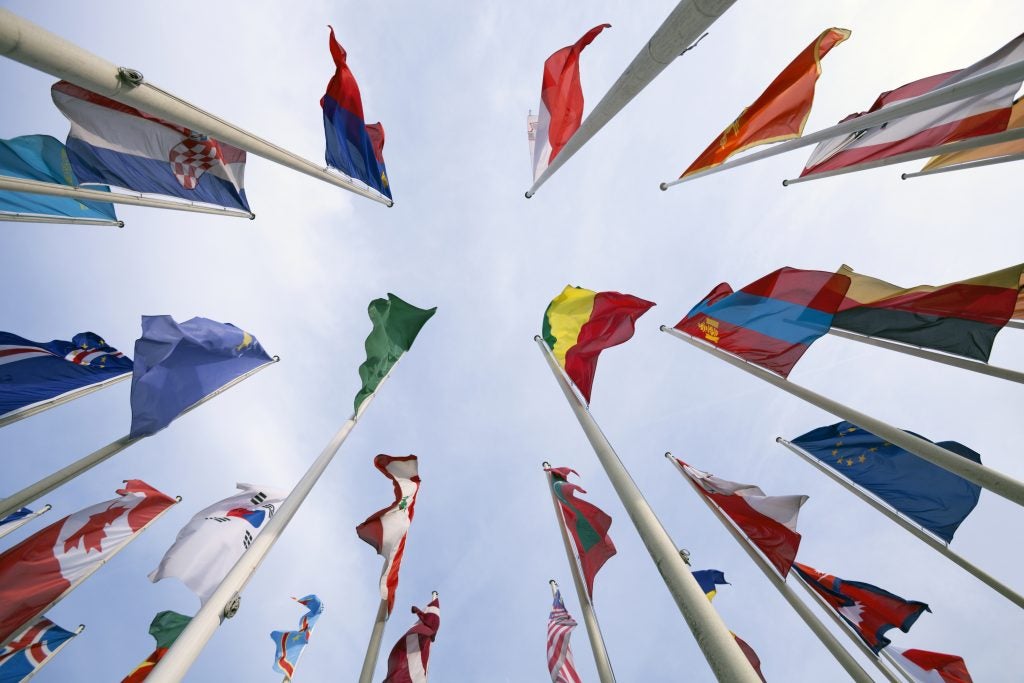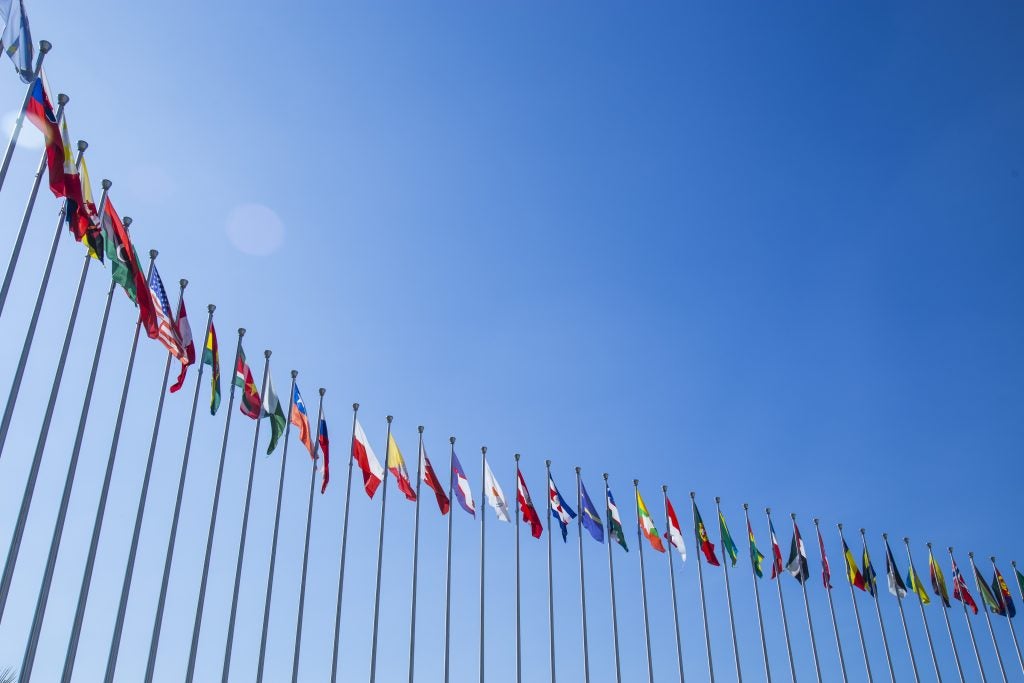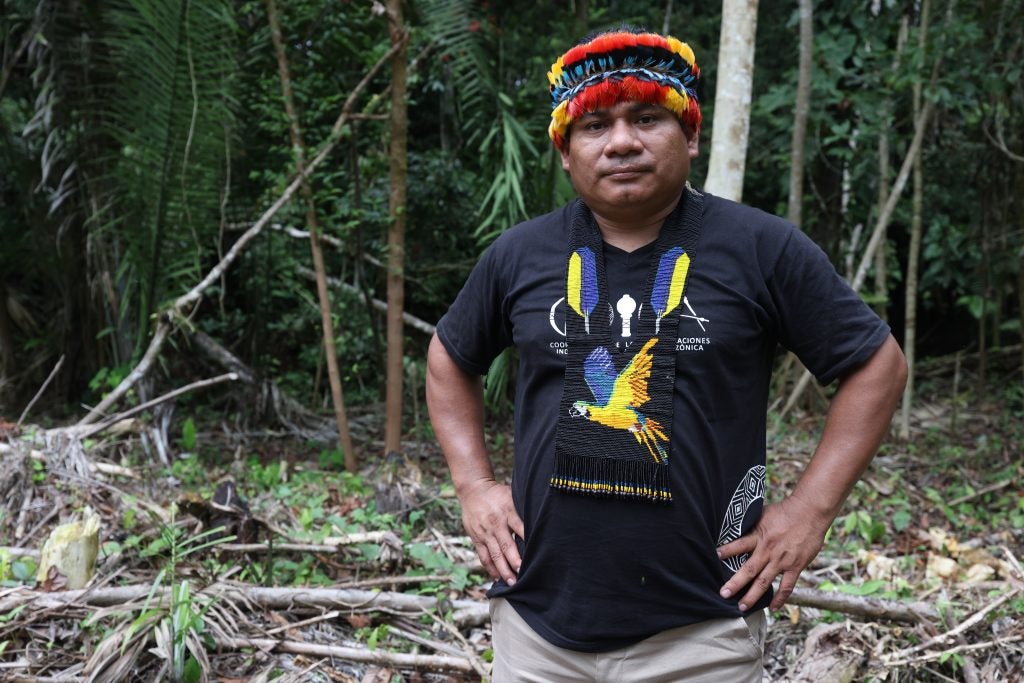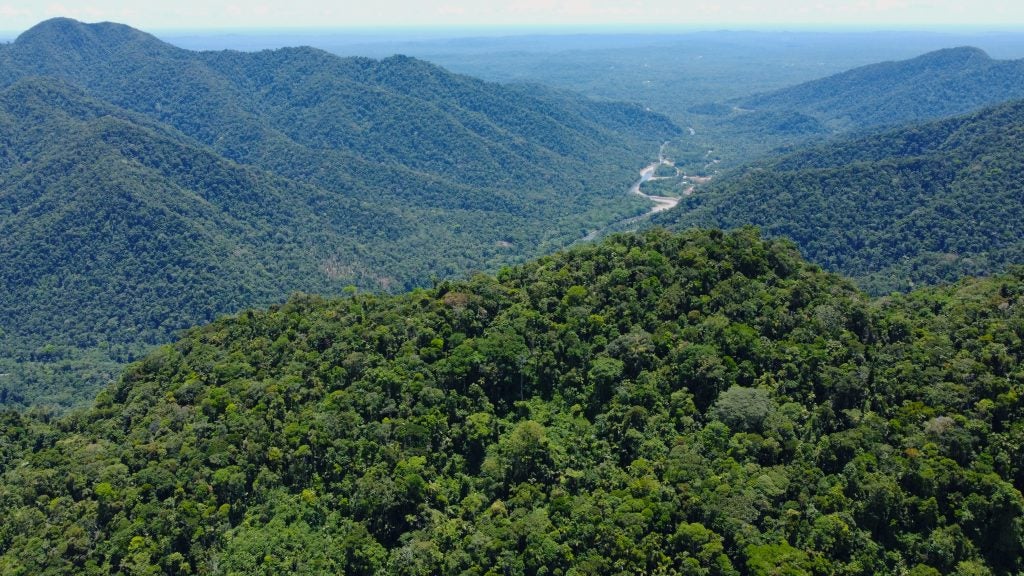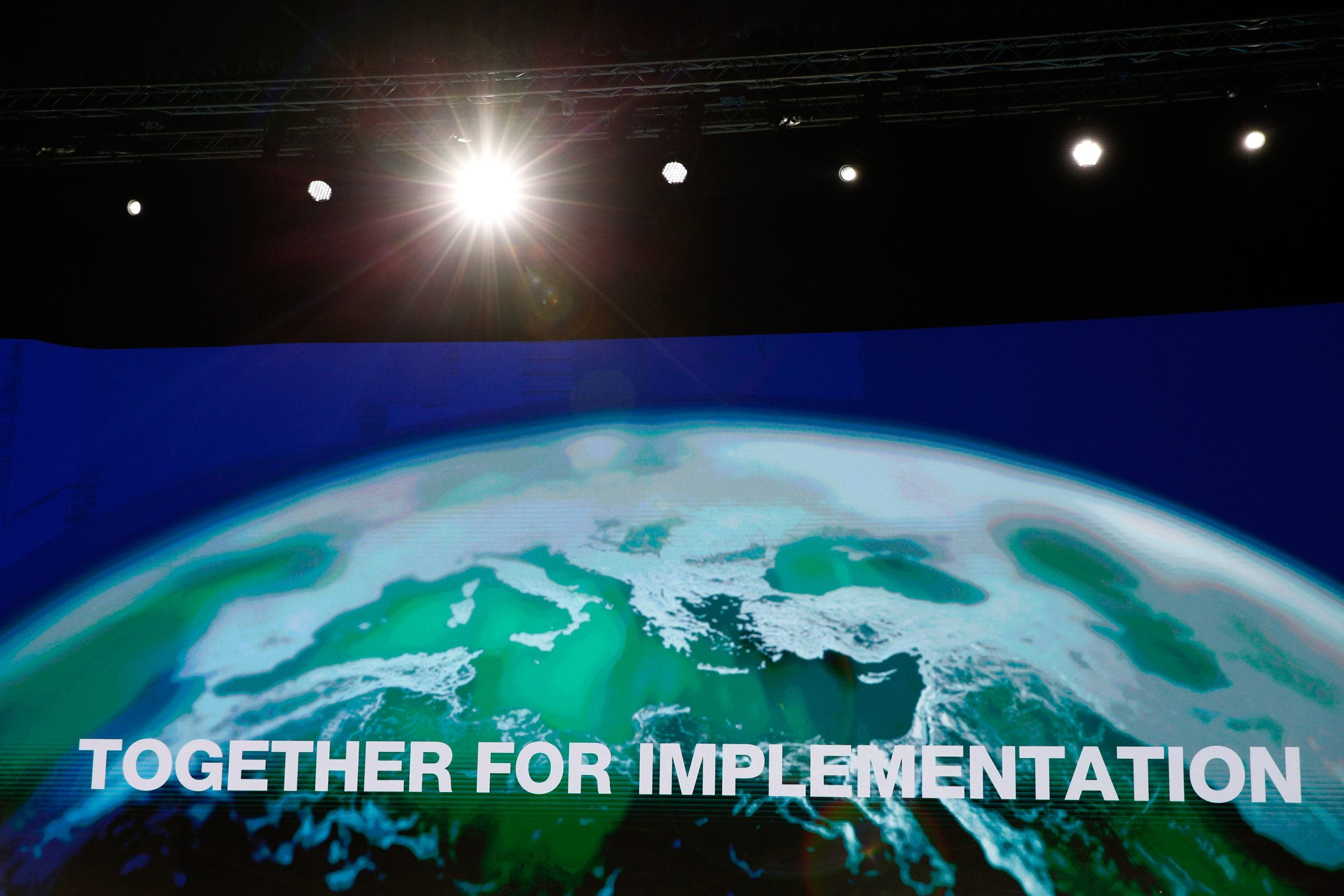This post was co-authored by Julia Ilhardt, High Meadows Fellow for Global Climate Cooperation at Environmental Defense Fund.
The first Global Stocktake – a process designed to assess collective progress toward the Paris Agreement’s goals on climate change mitigation, adaptation, and finance – is rapidly nearing its official conclusion at COP28.
With nearly a full year of discussions completed, the process is shifting from a technical exercise to a political one. The outcome must spur ambition in the upcoming round of national climate plans, or Nationally Determined Contributions (NDCs), due to the UN climate agency in 2025.
A successful outcome of the first Global Stocktake will point countries to opportunities for climate action that will put the world on track to meet the Paris goals.
What has the Global Stocktake told us so far?
The vast amount of technical information and literature submitted for consideration since the start of the Global Stocktake underscores what we already know. Despite progress in recent years, we’re not on track to meeting the goals of the Paris Agreement. On mitigation, for example, countries must step up the ambition of their NDCs and implement the commitments they’ve already made.
The literature also reminds us, however, that we have a wide range of tools available to tackle the climate crisis. In fact, the Intergovernmental Panel on Climate Change (IPCC) found that we could reduce emissions by at least half by 2030 with solutions that cost no more than $100 per ton of CO2e. And half of these solutions actually cost less than $20 per ton of CO2e.
Opportunities for action are available across all sectors and greenhouse gases. As countries begin work on their updated climate plans, they must make use of these tools and learn from each other’s experiences.
The next round of NDCs is due to the UNFCCC in two short years, and we now have fewer than seven years left in this critical decade. The Global Stocktake should provide a springboard for action.
The political phase of the Global Stocktake is about generating outputs that help them do just that. Though negotiators have yet to decide on the final form the outputs will take, the products will summarize opportunities, challenges, lessons learned, and good practices for implementing climate solutions.
To ensure a successful first Global Stocktake, here are three things negotiators should keep in mind as the process enters its final phase:










